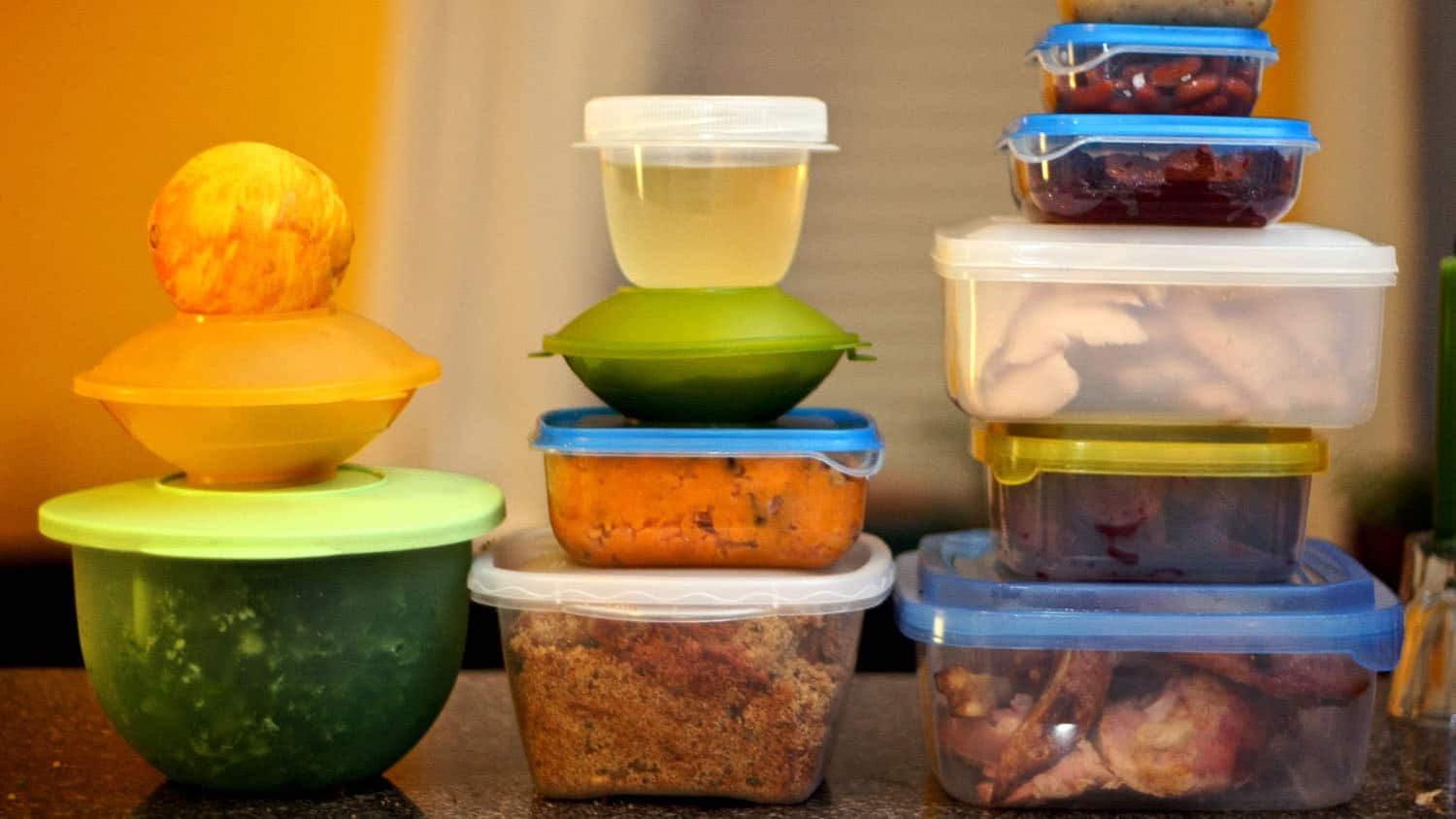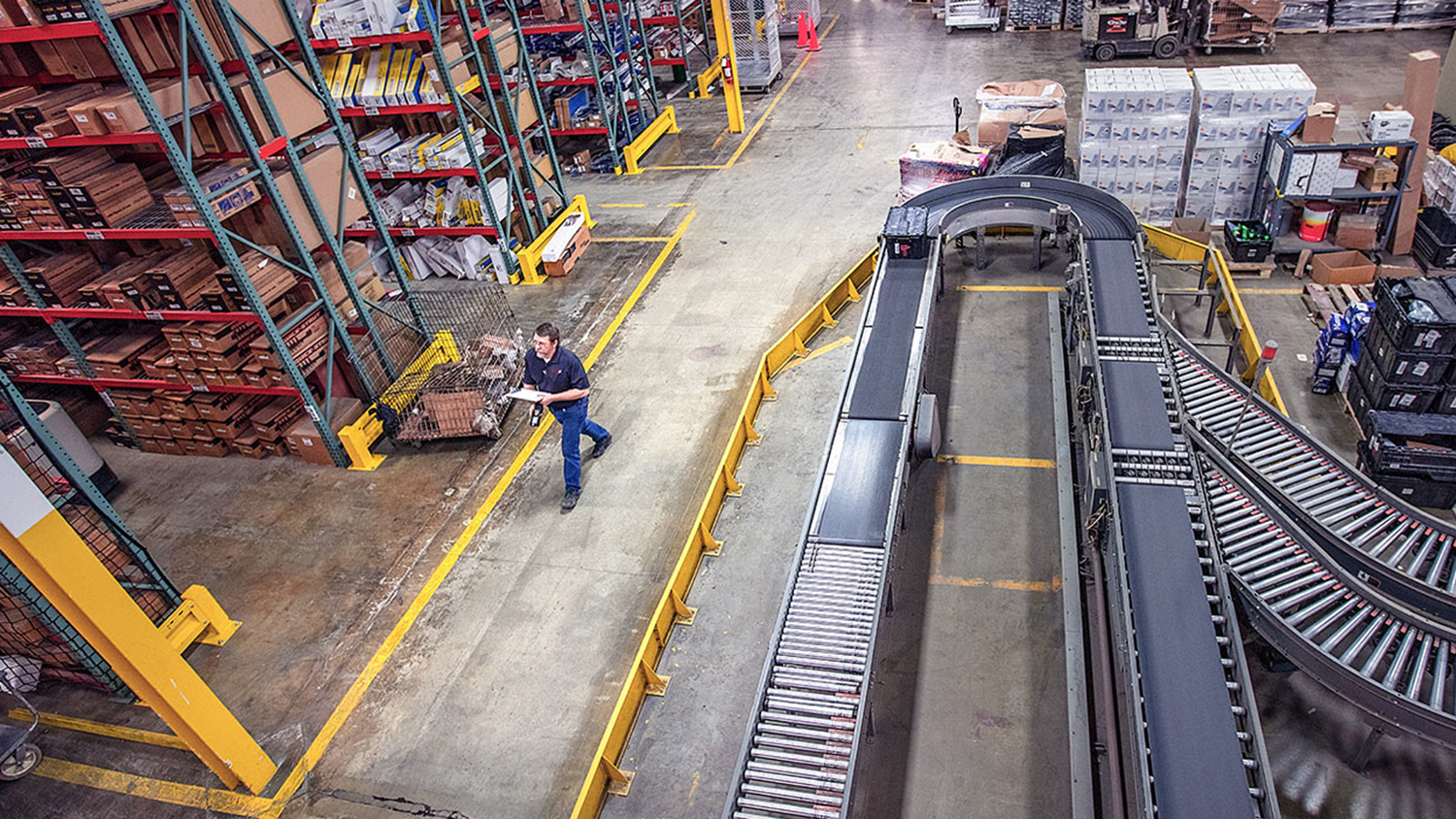What’s the Proper Way to Store Leftover Food?

One of the joys of any big meal is the leftovers. But what should you do to make sure your future turkey sandwich doesn’t make you sick?
To learn how to reduce the risk of foodborne illness when putting away Thanksgiving leftovers, we talked to NC State food safety expert Savana Everhart Nunn. This Q&A is part of a series that focuses on all aspects of holiday food safety, covering everything from turkey to pie.
The Abstract: After a big meal, it’s easy to put off dealing with leftovers so you can socialize with guests (or just lie on the couch). But I know it’s important to get leftovers into the refrigerator to reduce the risk of foodborne illness. How quickly do we need to refrigerate leftovers? Does it vary from dish to dish? (I want to know how lazy I can be.)
Savana Everhart Nunn: Many of the traditional Thanksgiving foods we love are considered Time/Temperature Control for Safety (TCS) foods. These foods create environments that can allow for pathogens to grow in certain conditions, so you need to control how much time those foods spend at certain temperatures. Pathogens thrive in many of the same temperatures that humans do. In the food safety world, we call temperatures from 41-135°F the Temperature Danger Zone. It’s important to keep food in this zone for as little time as possible. TCS foods should be refrigerated or frozen within four hours of entering the Temperature Danger Zone.
Some examples of TCS foods include cooked vegetables, cut fruit, eggs, meat and milk products, poultry, fish, shellfish, rice, potatoes, cut leafy greens, etc. Other things like quiche, cold pasta dishes, desserts that are creamy, cream pies, or whipped cream and cream cheese frosting are also considered TCS foods!
Consider having your guests help you put away leftovers to ensure they’re refrigerated within four hours. You could even have guests bring their own containers for leftovers. Once they leave with leftovers in hand, you can free up space in your refrigerator/freezer too. Plus, once all the leftovers are put away, you can continue with your Thanksgiving traditions guilt free.
TA: What’s the best way to cool down Thanksgiving dishes before I put them in the fridge? Are there other things I need to think about in terms of storing foods safely?
Everhart Nunn: Use shallow dishes and smaller containers, if you have them, and remember that it is okay for hot foods to be added to the refrigerator. Try not to crowd or stack dishes, if space permits. Any ready-to-eat foods, which are foods that don’t need to be cooked before being eaten (i.e., cut fruit or vegetables, charcuterie meat, cheeses, etc.) should be on the top shelf to prevent cross-contamination. You can place leftover food beneath any ready-to-eat food.
We recommend using a thermometer for your refrigerator to ensure that the temperature is 41°F or below. At that temperature, leftovers can be kept and enjoyed for up to seven days.
TA: Any tips on the best way to freeze dishes if I don’t think I’ll be eating them in the next couple of days?
Everhart Nunn: It’s best to use the same tips we mentioned for refrigeration (shallow dishes/small containers/avoid stacking and crowding).
Frozen food items are generally safe indefinitely. However, quality can degrade over time. Additionally, there are certain foods that just don’t freeze well. Our friends at the National Center for Home Preservation have a great list of foods that don’t freeze well and what happens if you do freeze them.
Freezer burn can also cause quality issues. To prevent freezer burn, try to freeze items as quickly as possible (small serving containers/prevent crowding will help) and store them in airtight containers. Once frozen solid, food can be stacked. The USDA’s food safety team has a general list of how long various foods can be frozen before their quality degrades.
Once you decide to use the frozen food, there are three ways to safely thaw it: 1) in the refrigerator, 2) in cold water, or 3) in the microwave. Smaller items can be thawed overnight, while larger items may take 24-48 hours. If you choose the cold water option, you can add it to a leak-proof plastic bag. The water should be changed every 30 minutes, and the food should be cooked immediately after thawing.


